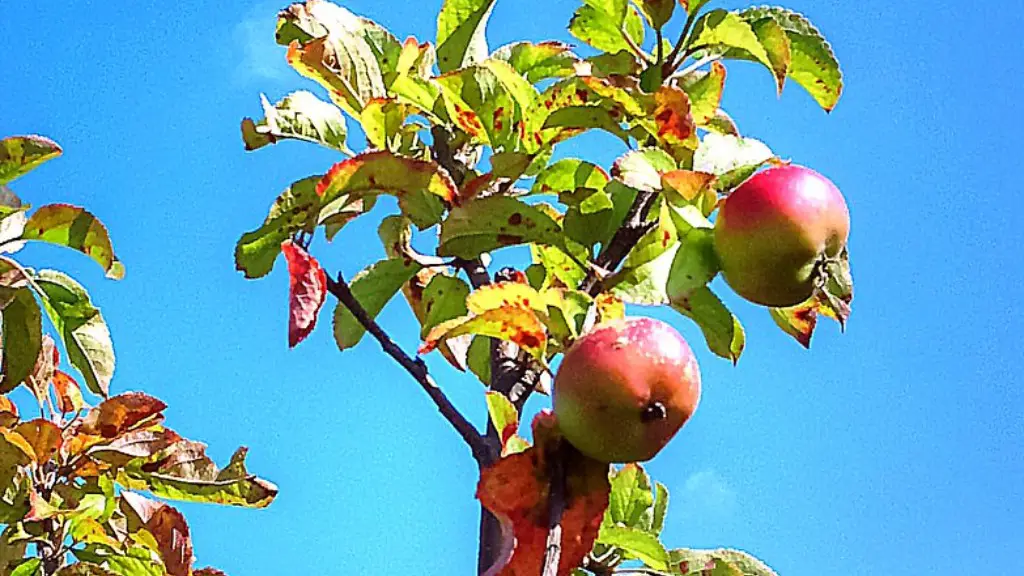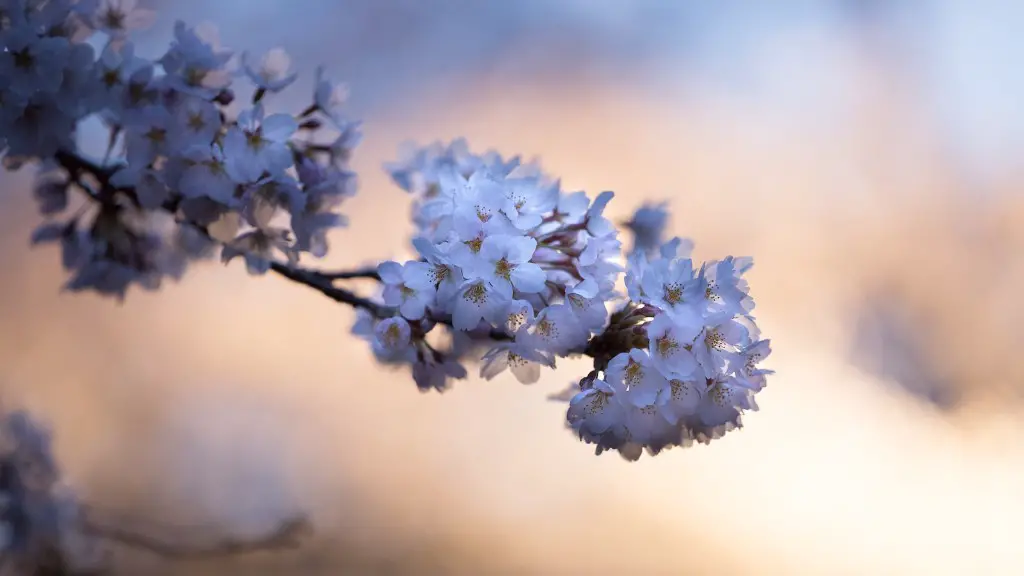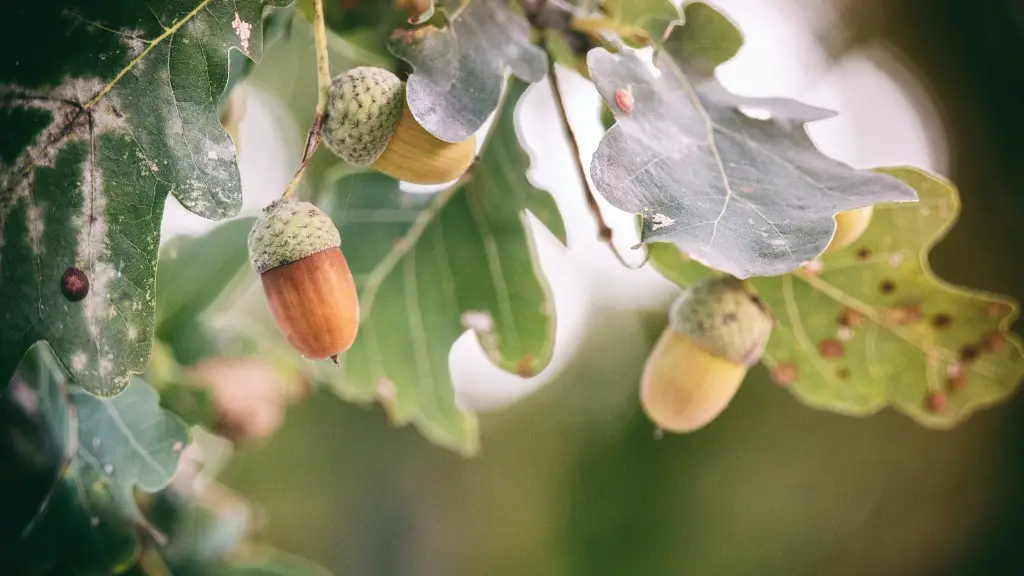Lemon trees are one of the most popular citrus trees grown in home gardens. Although they are relatively easy to care for, sometimes lemon trees can experience problems, such as yellow leaves. There are several reasons why lemon tree leaves may turn yellow, including nutrient deficiencies, pests, and disease. By understanding the potential causes, you can take steps to correct the problem and prevent future yellowing of the leaves.
One possible reason for lemon tree leaves to turn yellow is a lack of nutrients, which can be caused by poor soil quality or inadequate watering. Another possibility is a disease or pest problem. If the leaves are yellowing in between the veins, that could indicate a nutrient deficiency, while if the entire leaf is turning yellow, that could be a sign of a disease. If you suspect a problem, it’s best to consult with a local nursery or extension office to get a diagnosis and treatment recommendations.
How do you fix yellow leaves on a lemon tree?
If you notice your lemon tree’s leaves turning yellow, it’s likely due to a lack of nitrogen or micronutrients such as zinc, iron, and manganese. Treat the problem by fertilizing your tree with an ample dose of nitrogen or micronutrients.
When a houseplant leaf turns yellow, it is generally dying. Chlorophyll gives a leaf its green color. When the leaf loses its chlorophyll, the plant abandons it and begins to absorb leftover nutrients from the leaf. That’s why once the leaf turns yellow, you generally can’t make it turn back green again.
What does Overwatered lemon tree look like
If you see a tree with yellow or cupped leaves, or leaves that don’t look perky after watering, this can be a sign that the tree is getting too much water. Try watering your tree less often, and if you’re watering with a sprinkler, make sure to give the tree a deep soaking rather than just a light sprinkling. Citrus trees prefer infrequent, deep watering to frequent, shallow sprinklings.
If your lemon tree leaves are going yellow, it can indicate that they are not getting enough water. This is usually followed by the leaves falling off the plant and starting to shrivel. Too much water can also trigger the plants to defoliate, but the leaves usually do not fade in color. The soil should be moist but not waterlogged.
Does Epsom salt help lemon trees?
Lemon trees need magnesium to stay healthy, and a lack of magnesium can cause the leaves to turn yellow. If you think your lemon tree might be lacking magnesium, you can try giving it a dose of Epsom salts. Just mix 30g of Epsom salts per litre of water and apply it to the tree.
Lemon trees benefit from the nitrogen and calcium in the coffee grounds. The organic material also improves the soil tilth. Only use the coffee grounds after they have been fully decomposed in the compost pile.
How often should I water lemon tree?
A lemon tree should be watered once a week or every other week, depending on the rainfall in your area or the humidity indoors. A watering schedule is important to keeping your lemon trees healthy and happy. But if you’re not sure when to water your lemon trees, just check the top 2 inches of soil.
Water is essential for the health of all plants, but too much or too little can lead to problems. Poor drainage or improper watering is the leading reason behind yellow leaves. In overly wet soil, roots can’t breathe. They suffocate, shut down and stop delivering the water and nutrients plants need. Underwatering, or drought, has a similar effect.
What are three common problems that lemon trees can have
If your lemon tree has any of the following seven problems, don’t despair! With a little care and treatment, your lemon tree can be healthy and productive again.
Lesions On Leaves: If your lemon tree has lesions on its leaves, it is likely suffering from citrus canker. This disease is caused by a bacteria and is spread by wind, rain, or insects. The best way to combat citrus canker is to remove any affected leaves and destroy them. You can also try spraying the tree with a copper-based fungicide.
Black Moldy Spots: These black moldy spots are most likely sooty mold, which is a type of fungus. Sooty mold grows on the honeydew secreted by aphids and other sucking insects. To get rid of sooty mold, you must first get rid of the aphids or other pests that are causing it. This can be done by spraying the tree with an insecticide or by introducing predators such as ladybugs into your garden.
Fuzzy Gray Mold And Brown Spots: If your lemon tree has fuzzy gray mold and brown spots on its leaves, it is likely suffering from botrytis blight. This disease is caused by a fungi and is
During the active growth period, container lemon trees may need daily watering, especially if they are outdoors during summer. Watering should be reduced during winter, only as needed to keep the soil moist. The timing of watering will vary depending on indoor temperatures, the size of the container, and the size of the tree.
How do you tell if lemon tree is overwatered or underwatered?
Overwatering your Meyer lemon tree can cause a number of problems, including yellowing ordropping leaves, and damage to the roots. If you notice puddling water, it’s time to cut back on watering.
Symptoms of root decline can vary depending on the severity of the damage. They can include reduced vigor, dull green leaf color, poor new growth, and twig dieback. If extensive root damage occurs, the leaves suddenly wilt and dry on the tree. The disease usually starts in larger roots and spreads into the crown.
What is a good fertilizer for lemon trees
As a granular fertilizer, Down to Earth Organic Citrus Fertilizer is easy to apply and helps deliver key nutrients to lemon trees on a regular basis. The fertilizer has a 6-3-3 NPK ratio, which is ideal for lemon trees, and also contains secondary nutrients like calcium, sulfur, zinc, and iron. This makes it a great choice for those looking for a complete fertilizer for their lemon trees.
If you think your tree might be overwatered, look for the following signs:
The area around the tree is constantly wet.
New growth withers before it’s fully grown or becomes light green or yellow.
Leaves appear green but are fragile and break easily.
If you see any of these signs, try to improve drainage around the tree and reduce watering.
How do you treat yellow leaves?
If you have a houseplant whose leaves are turning brown or yellow, don’t despair! There are a few things you can do to try to save the plant.
First, check for moisture stress. If the soil is dry, give the plant a good watering. If the soil is soggy, try to improve drainage by repotting the plant into a pot with drainage holes.
Next, look for unwelcome critters. Aphids, spider mites, and other pests can damage leaves and cause them to turn brown. If you see any pests, try to remove them with a cotton swab dipped in rubbing alcohol.
Once you’ve addressed moisture and pests, let the plant soak up some sun. Most houseplants do best in bright, indirect light. If your plant is in a dark spot, try moving it to a brighter location.
Finally, protect the plant from cold drafts. If your plant is near a window, make sure to close the curtains or blinds on cold days.
With a little TLC, your plant should start to look better. Make sure to keep up with watering and feeding, and it should soon be back to its healthy self.
Adding Epsom salt to your plants is an easy way to improve their health. Epsom salt is full of essential nutrients that plants need to grow strong and healthy. Simply dissolve two tablespoons of Epsom salt per gallon of water, and substitute this solution for normal watering once a month. Your plants will thank you for the extra care!
Is vinegar good for lemon plants
Citrus trees need acidic soil to grow properly. If the soil is too alkaline, the trees will develop nutrient deficiencies. To prevent this, you can add 1/3 cup of vinegar to 2 gallons of water and use it as a soil drench after regular watering. This will help to acidify the soil and keep your citrus trees healthy.
Coffee grounds and eggshells can be used as organic fertilizer. You can crush the shells and use them as a nutrient by mixing them with your citrus tree’s soil. You can also dry them in an oven and grind them into a powder. This can provide your citrus tree with plenty of important nutrients.
Warp Up
There are a few reasons why your lemon tree leaves might be yellow. It could be a nutrient deficiency, too much water or sunlight, or a disease. If you think it might be a nutrient deficiency, you can try fertilizing your tree. If it’s too much water or sunlight, you can try Adjusting your tree’s location. If you think it might be a disease, you can try treating it with a fungicide.
There are many possible reasons for why lemon tree leaves might turn yellow. It could be due to a nutrient deficiency, disease, or pests. To figure out the exact cause, it would be best to consult with a local nursery or extension office.




